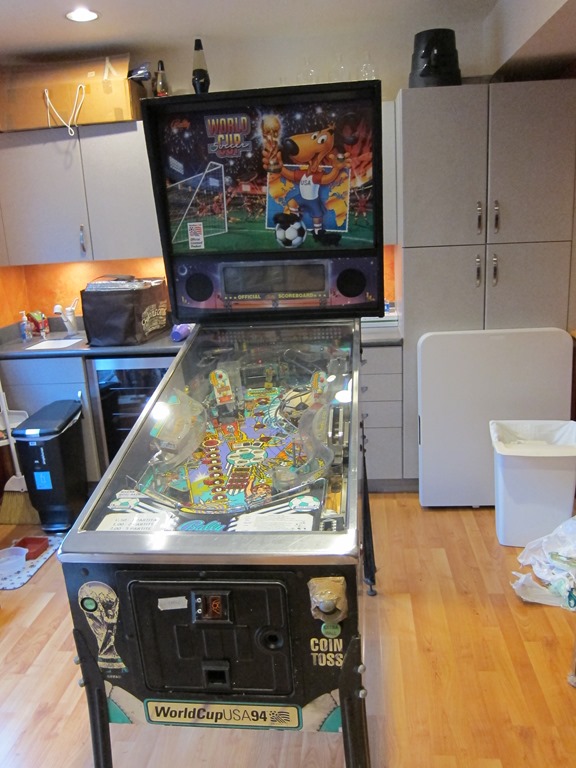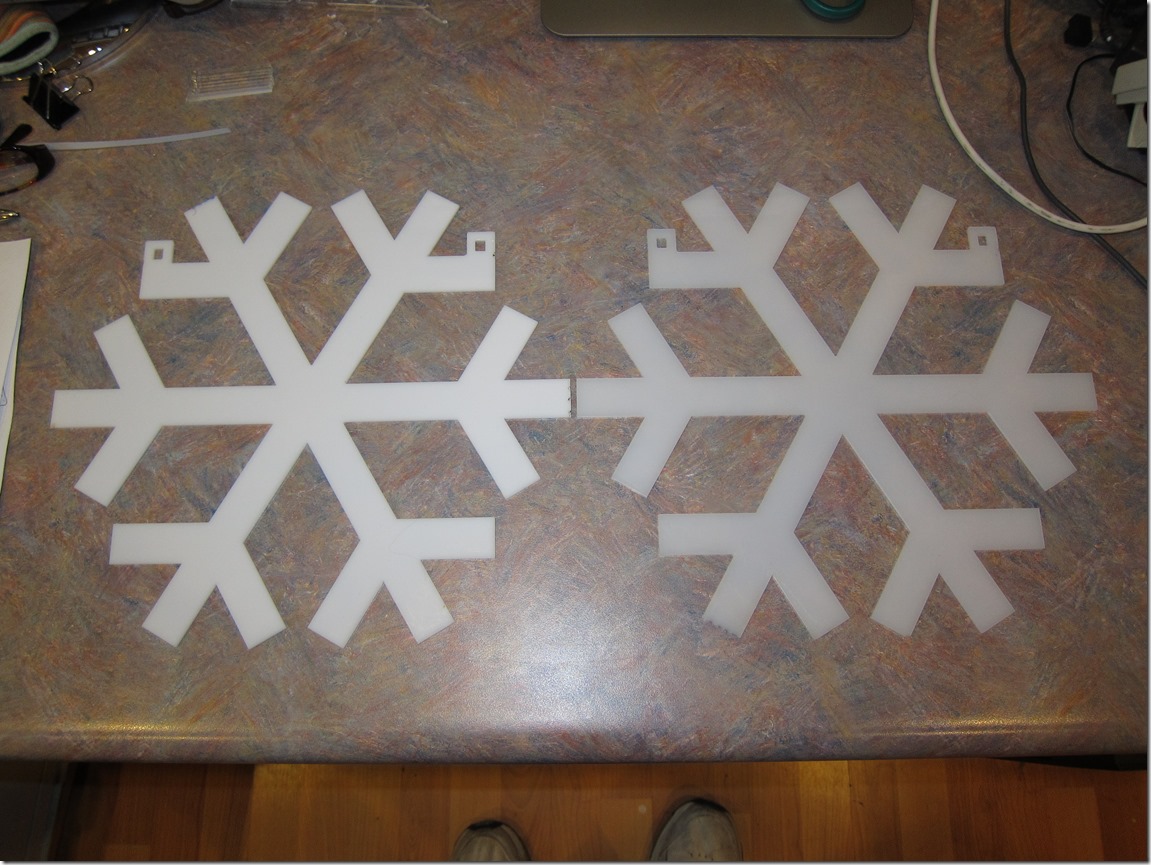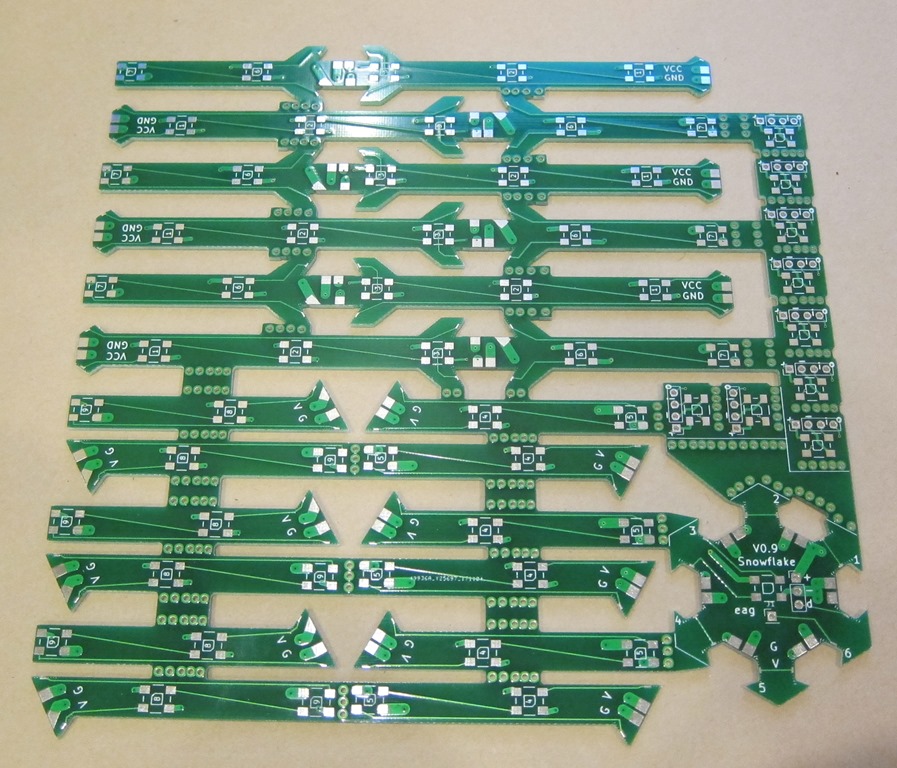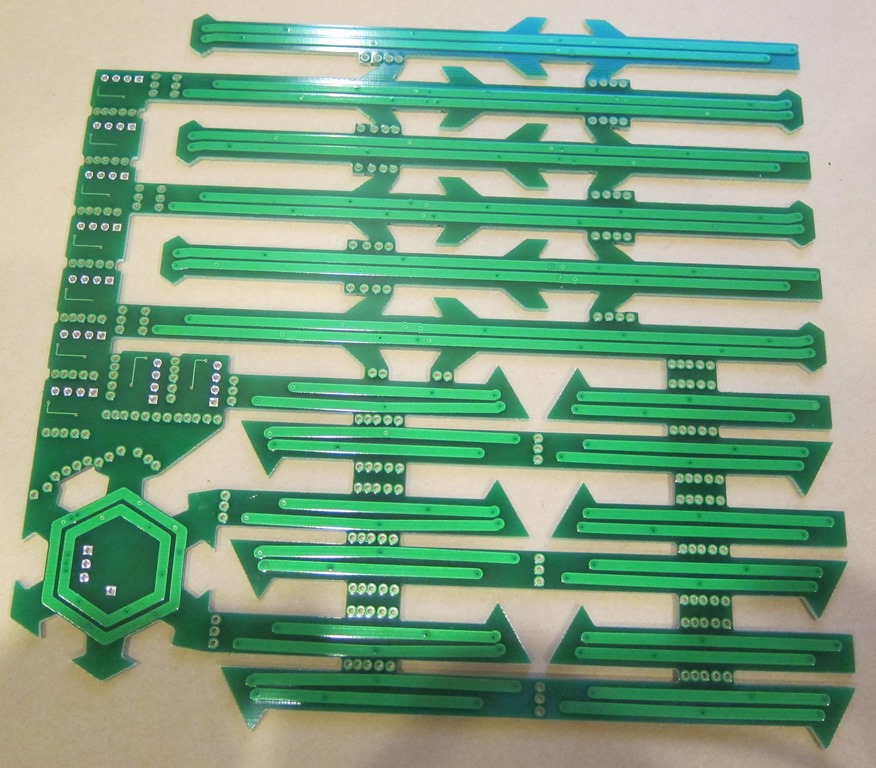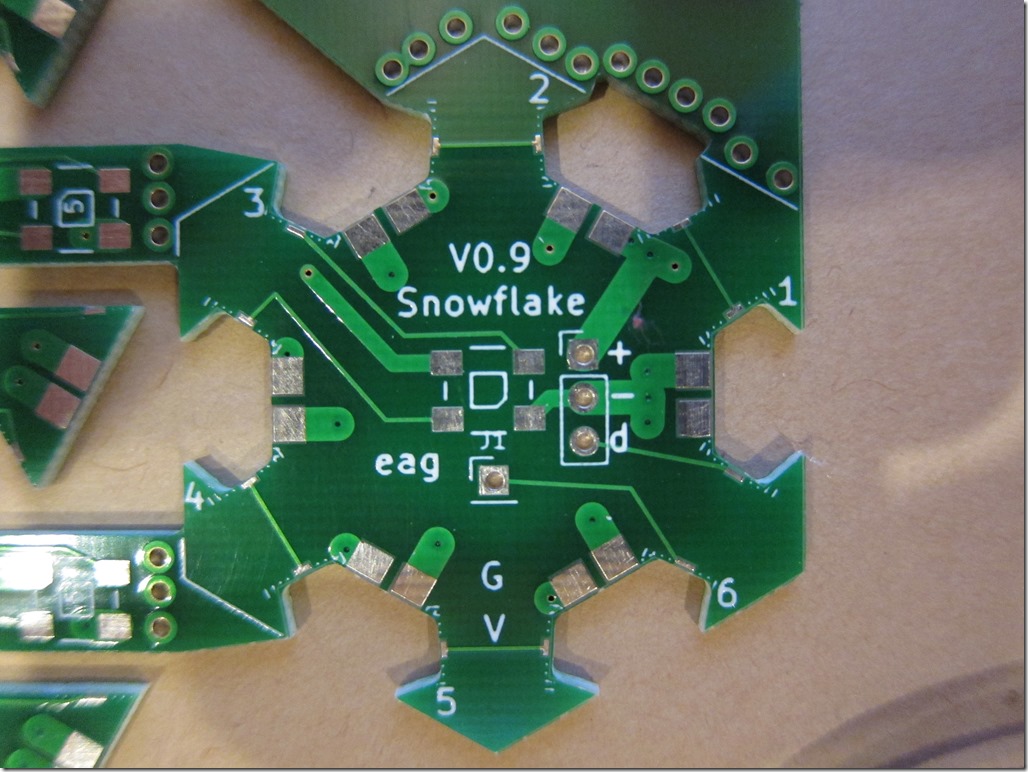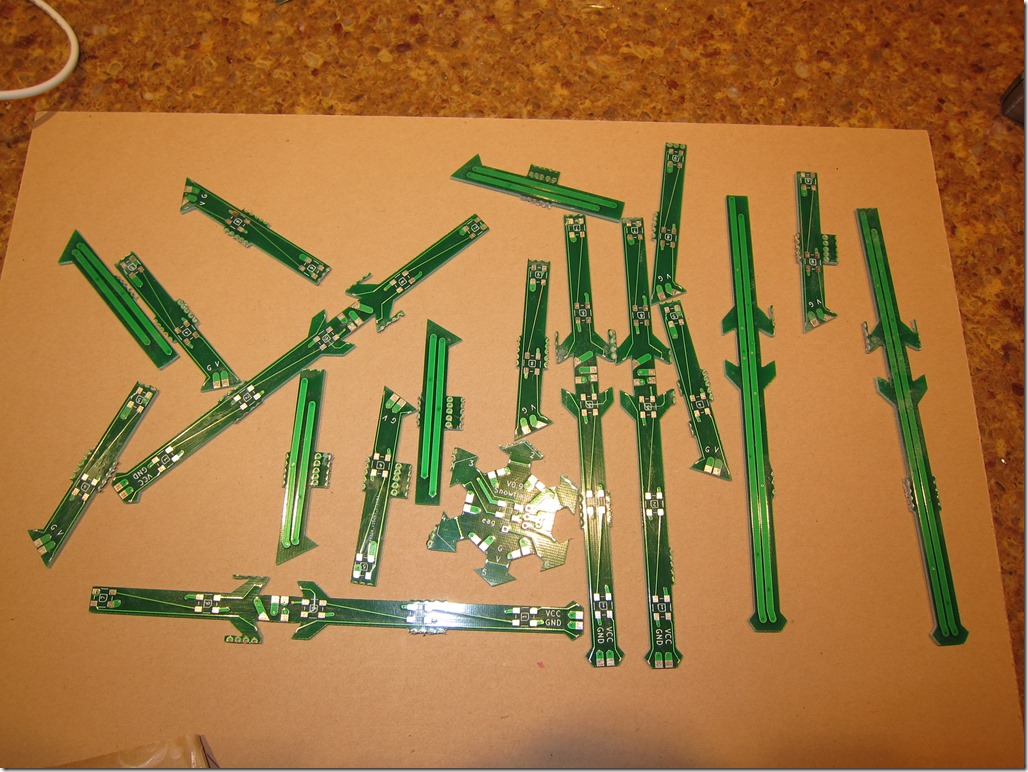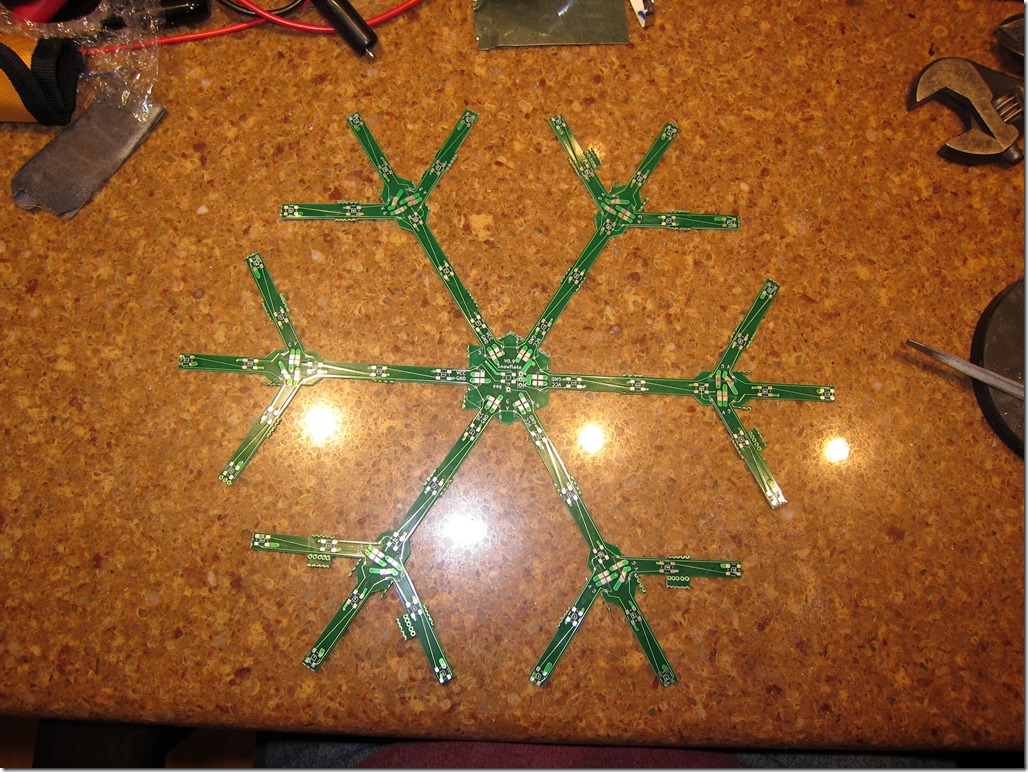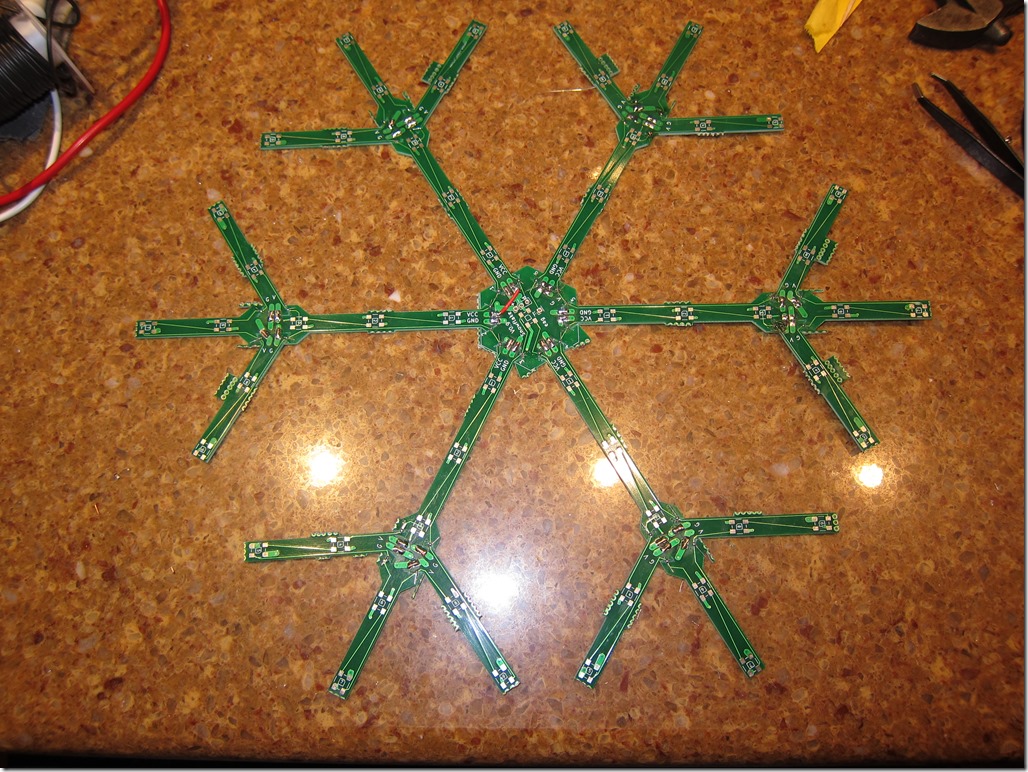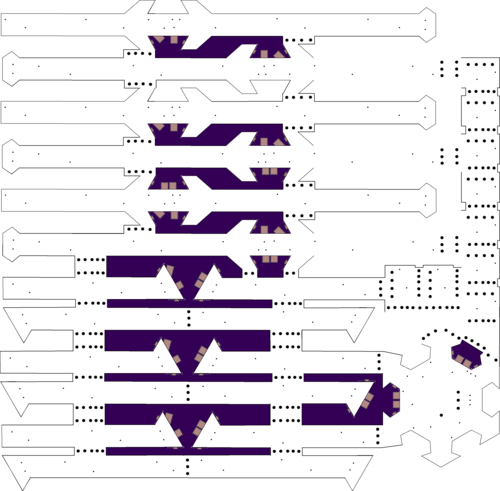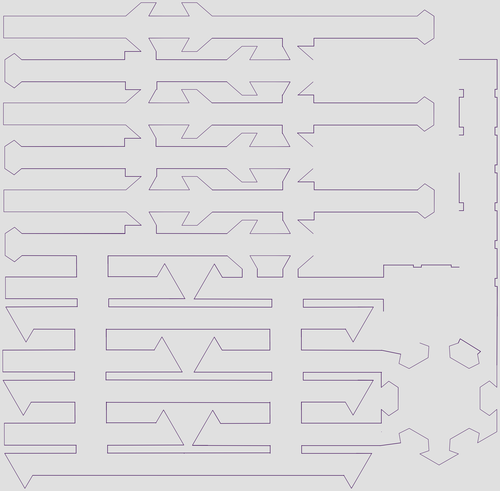(Authors Note: This is the fourth time I’ve tried to write something like this, but it kept getting *way* too long and detailed. I’ve kept it simple this time, but that means I’ve left out a lot of details, some of which are surely important. So ask if you have questions…)
It started with the candy dish…
Early last spring, due to show reshuffling, my team ended up in the same room as our admin – which was fine – and in the same room as the group candy supply – which was not.
It was a bit better than my previous team – which maintained what was officially known as “the candy wall” – but the problem was that the candy dish was at the entrance of my room, so was really easy to come back from lunch, grab a few “fun size” pieces, and eat them at my desk. There’s some interesting research in psychology that says that one of the best ways to get adherence is through random rewards, and our candy dish implementation had that; you might not really be hungry for a Reeses ™ peanut butter cup, but if you see one, you better grab it before somebody else does.
The whole “work food” culture is pretty horrible when you think about it.
I am lucky enough to have good genetics when it comes to keeping a decent weight, but the extra candy bumped me up from my long-term “fighting” weight of 173 to 178, and I was feeling really tired and crappy in the afternoons. The first did not bode well for the upcoming cycling season, and the second did not bode well in general.
At the time, I was on a low-fat diet, which is the kind of diet they tell you to be on. And I’d been doing a bunch of reading about glycemic index and glycemic load, and wondered if that was having an effect. Clearly, the candy was high glycemic index, but was there something in my lunches that was contributing to me craving candy?
So, I started an experiment. Instead of the sandwiches that I ate at lunch 3 days a week (because they were cheap) and the burritos that I ate the other two (because burritos), I switched to salads with meat three days, and burrito bowls without the rice and tortillas the other days (because burritos).
It was a pretty simple change, but it had a pretty immediate impact; I still habitually wanted candy (because candy), but I didn’t crave it as much, and I could cut down how much I ate. And I felt much better in the afternoons, which was good, but did not convert them to an endless series of rainbows and unicorns (a guy can dream, right?).
Anyway, that led to a whole lot of research into nutrition, which led to research into biochemistry, watching a few lectures, and reading a lot of clinical research.
But I started by trying to answer a question that had always confused me:
Why is it so damn hard for many endurance athletes to lose weight?
Some of the cyclists I know are very thin and light, but I know others – many that ride a *lot* more miles than I did – who carried maybe 40 pounds more than they would like to. I knew what worked for me – making sure I controlled my blood sugar well after long rides – but that still required a fair bit of discipline to get me to light, and I never got to “cycling light” – that weight where your cycling friends are annoyed at how little you weigh. That was true of most cyclists I knew. My trust power meter said that I was easily burning 4000 calories per week.
Why wasn’t all of that exercise translating to weight loss?
Looking at the clinical studies about exercise and weight loss, we see mixed results. Aerobic exercise works in controlled situations – where the amount of food is controlled – but doesn’t work well where people choose what they eat. There are two hypotheses for what is going on; the simple one is that people are hungry and just eat the calories back; the more troubling (and luckily, probably rarer) one is that exercise under caloric restriction can reduce the base metabolic rate for some people.
To lose weight, eat fewer calories or burn more
This has been the mantra for weight control for over 40 years, and it’s what I used to believe. It’s simple to understand, but doesn’t work very well in practice.
The problem is that it considers all calories to be the same. But when we are talking about body weight, we don’t want to lose weight, what we really want to do is to lose *fat*. So, let’s recast the statement:
To lose weight, live in a way that minimizes the amount of energy that is put into your fat stores, and maximizes the amount of energy that is pulled out of your fat stores.
So, I started looking more closely at how fat accumulation works in humans – what drives calories into fat stores, and what pulls calories out of fat stores.
I originally had a long and technical discussion on what controls energy partitioning – where the energy to run your body comes from – but I am unable to make such a discussion brief, so here’s the simplified version:
- The amount of fat you burn during day to day living is tied directly to the percentage of carbs that you eat. Eat a lot of carbs, burn a little fat; eat a few carbs, burn a lot of fat.
- The amount of fat you burn during exercise is tied both to the kind of diet you eat and your energy state when you exercise.
The key point is that both of these are adaptable behavior; our bodies can adapt (mostly) to different mixes.
The result of this is that two riders of equal fitness can go on the same ride, both burn 1000 calories, and burn *vastly* different amounts of fat. If you want to look at some pretty graphs that illustrate this, go read this article and this article from CyclingTips.com.
Back to the experiment…
Back in real life, I expanded my experiment a bit. My breakfast went from a big-ole bowl of cereal with a lot of milk to a small bowl with minimal milk and a hard-boiled egg. My dinners lost a few of their carbs.
And I was down about 5 pounds, back to the weight that I wanted, with just some small changes.
At this point, I really didn’t have many carbs in my base diet – and they were increasingly low-GI carbs – but I was still using Skratch on my rides, and I was still using Endurox after my rides; following my traditional fueling strategy.
So…
I forgot to mention another motivation that got me playing around with diet. My on-bike fueling strategy did not work very well. Thankfully, I rarely got the “GI distress” that some people do, but on longer rides I know that I’m going to get some stomach pain from the skratch, and I’m going to have energy issues. That makes rides like RAMROD a bit of a crap shoot; at best I felt sort of blah, but generally I felt a few rungs below blah.
The next experiment was obvious: I put the Skratch in the back of the cupboard, and started filling my bottles with water. I put some cheez-its (carbs + fat + protein) in ziploc in my pocket, added a packet of sport beans just in case, and I started riding.
And that mostly worked. I felt a little under on power, but it was early season and I’m under on power then anyway. I sometimes supplemented a bit with the aforementioned cheez-its in the middle of the ride.
About this point, I weighed myself, and the scale said 169. I checked another scale to be sure. I hadn’t been this light in 20 years, not even in 2005 when I rode *way* more miles I ride these days. And I was eating what I thought was a lot of food.
Hmm…
Somewhere in here, I came across a post by noted cycling coach Joe Friel in which he talked about how he got back down to his “racing weight”, which aligned well with the research I had been doing, the biochemistry I learned, and my experimental results.
And I thought, “What the hell, let’s see where this thing ends up…”
Heresy
I own a copy of “food for fitness”, and a copy of “the feedzone cookbook”. I’ve read all the recommended diets for athletes, and they all recommend a diet high in complex carbs – something like 60 or 65% of calories.
I decided to go full keto, and see what happened. That means <50grams of carbs per day (though I never actually counted), quite a bit of protein, and more fat. Since I had eased myself into a lower carb diet, the transition was pretty easy (this is not the case for a lot of people), and about a week later, I headed out on Saturday morning for a nice 45 mile ride.
The first 45 minutes was great; I felt strong, had good power. And then it happened; over the space of about 15 minutes, I ran out of carbs.
If you’ve bonked, you know what this is like, but this time it was different. I actually felt okay, my brain was fairly clear. I just lost all ability to put power down. You know the Tour de France rides where the guy’s bike breaks and he picks it up and throws it into the bushes? I was close to that. I cut the ride short, could barely push 150 watts the rest of the way home, and regrouped.
After talking with a few people and doing some more research, I realized that while I was pretty fat adapted for regular life, I was not fully adapted for cycling. So, I kept at it. I did Tour de Blast (6000+ feet of up over 80 miles), felt good at some points and awful at others, bad enough I had my wife pick me up at 70 miles. But the overall trend was positive; I could do my Tue/Thu night rides (35 miles, 2000’ of up) *easily* on just water and feel good at the end. And my high-end power was just fine; one night I out-sprinted one of our race-team guys and did over 1000 watts for about 9 seconds, which is pretty decent for me. The only point of concern I have is the high aerobic range; I don’t think I quite have the pep I used to have there, but give that I made this change right at the beginning of the season (stupid) and didn’t do the kind of high-intensity training I would usually do (lazy), I don’t know how much is a dietary effect and how much is just a lack of training.
And then finally, near the end of the summer, I did my own supremely stupid ride, Sufferin’ Summits. 9500’ of climbing over 55 miles.
I did it fasted, and over the 5 hours it took (did I say it was hilly?), I had two servings of a really cool time-release glucose called SuperStarch – about 280 calories total, a bottle of diet coke, and about 14 cheez-its. After dragging myself up the worst hills I know of in the area, I finished the ride.
And I could have kept going. Honestly, I felt pretty good.
During the weeks before the ride, my weight continued to drop, and finally the numbers clicked over to 158, which is pretty much where I am right now. I lost two inches off my waist (34 –> 32, my college size), and I lost a ton of subcutaneous fat. I have a tiny bit of fat remaining around my waist, and I think this spring I might see if I can drop down to 153-155 or so. From what I can tell I *mostly* preserved muscle mass, but since cyclists tend to have the upper bodies of 80-year-old French grandmothers, I have been spending a bit of time in the weight room.
So that’s the story. Down an honest 20 pounds over 4 months.
Guidance
I went as far as I could – heresy, right? – to see what would happen, but there are a lot of variants of low carb. Some athletes do less strict diet variants like Paleo, Primal, or slow carb. Many aim for a higher level of carbs; something like 100 grams per day. A few are very strict on carbs during training but carefully use gels and other simple sugars during events. Some do a complex cyclic protocol. Some do it as a weight reduction approach during the off season and switch back to a moderate carb diet during the bulk of the season.
There are a lot of options, which is good, because there isn’t a lot of research in this area yet (and I’m not sure who would pay for research; certainly not the exercise drink folks).
As I said at the beginning, if you have questions, please ask me.

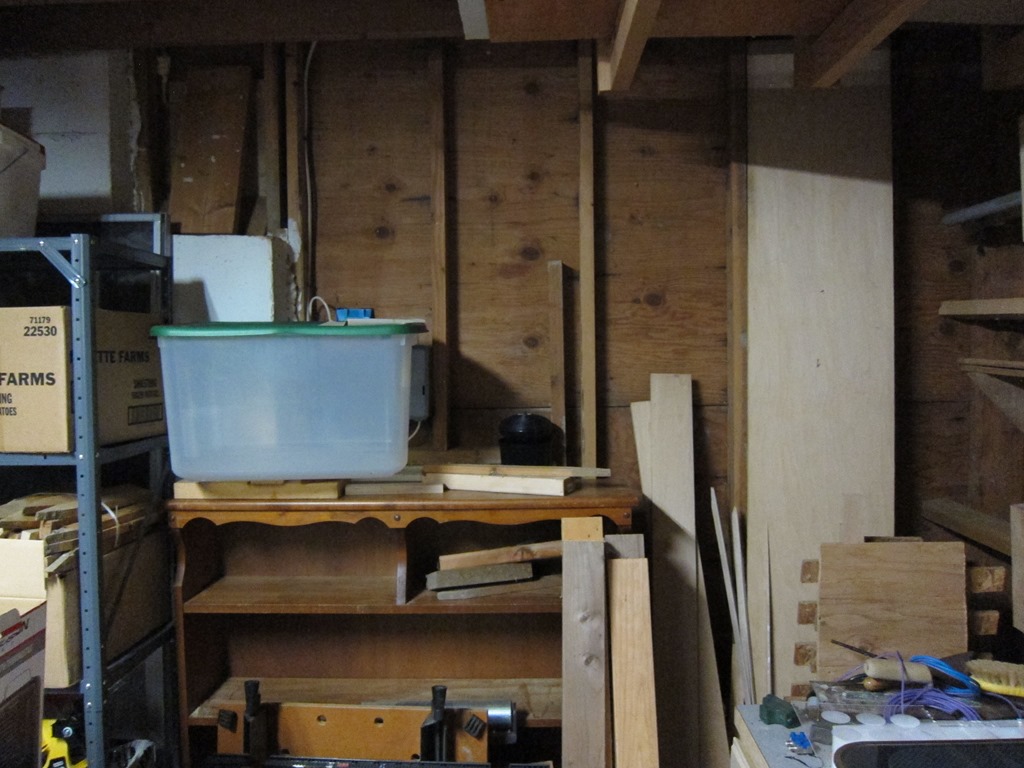
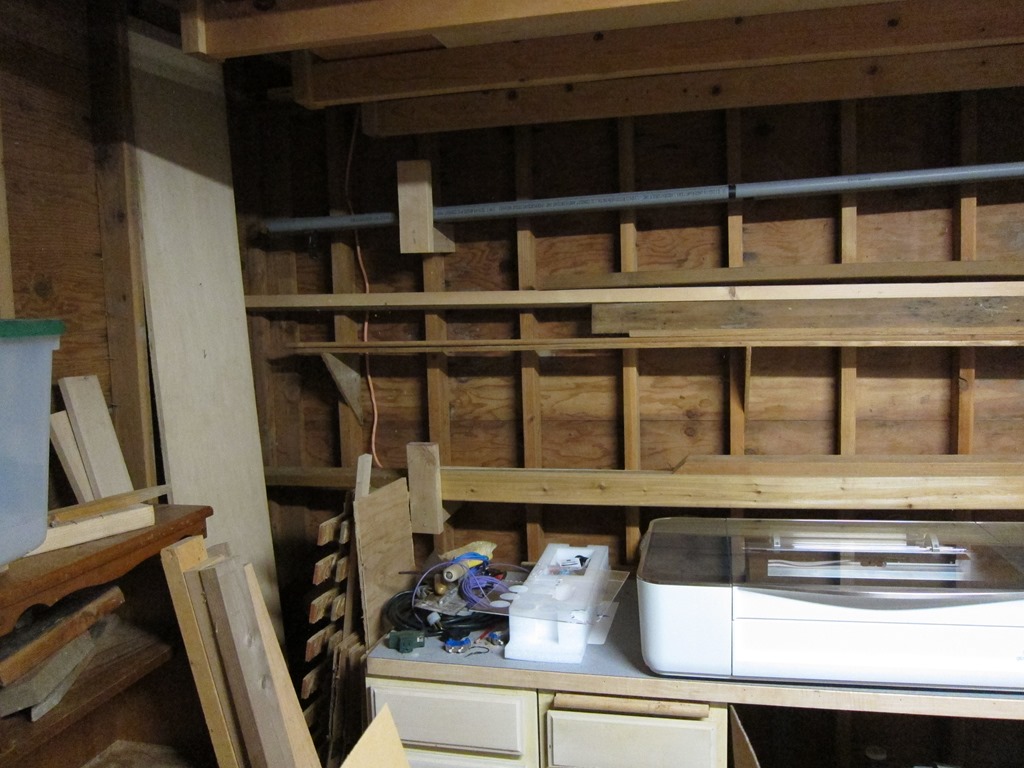
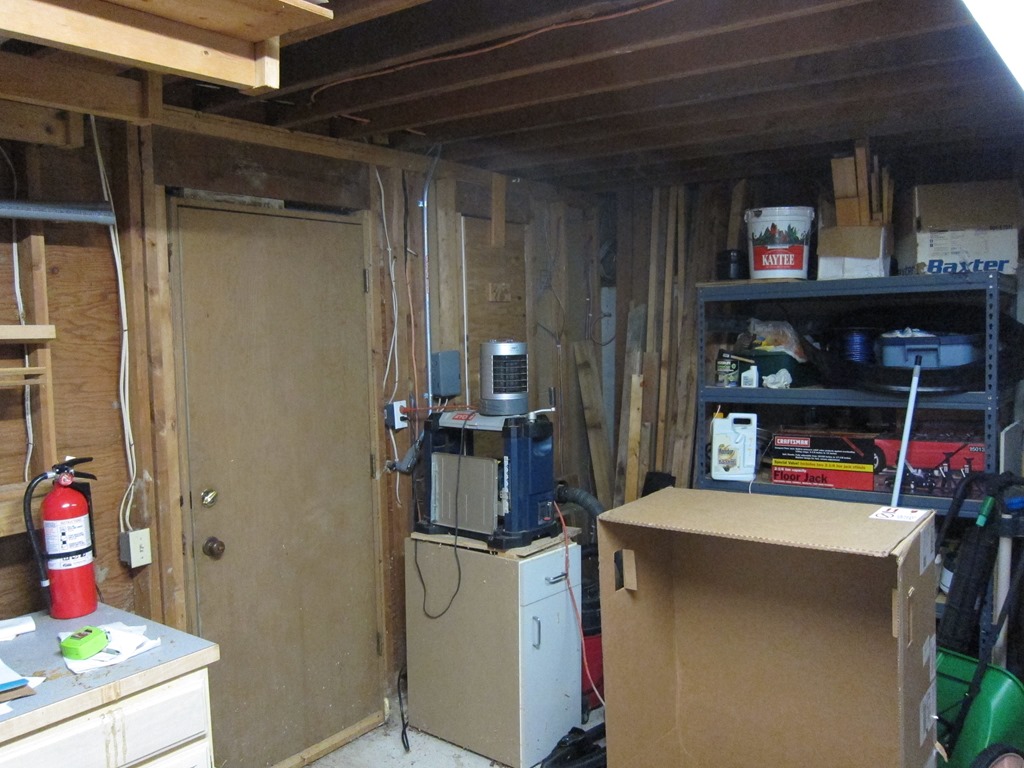
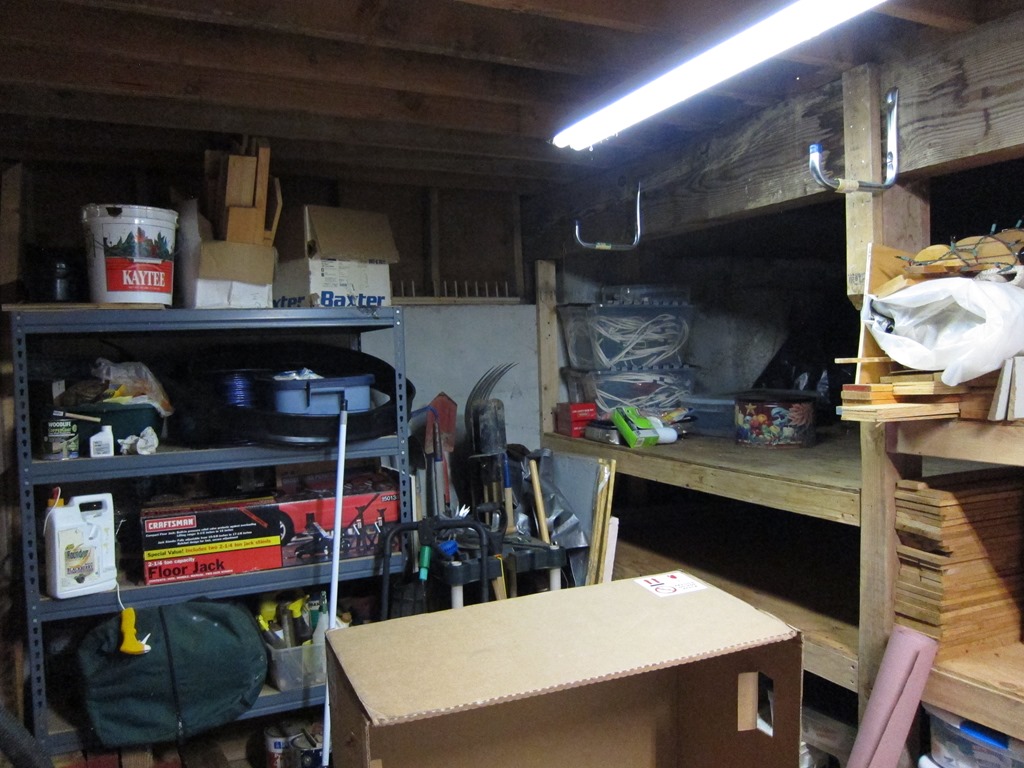
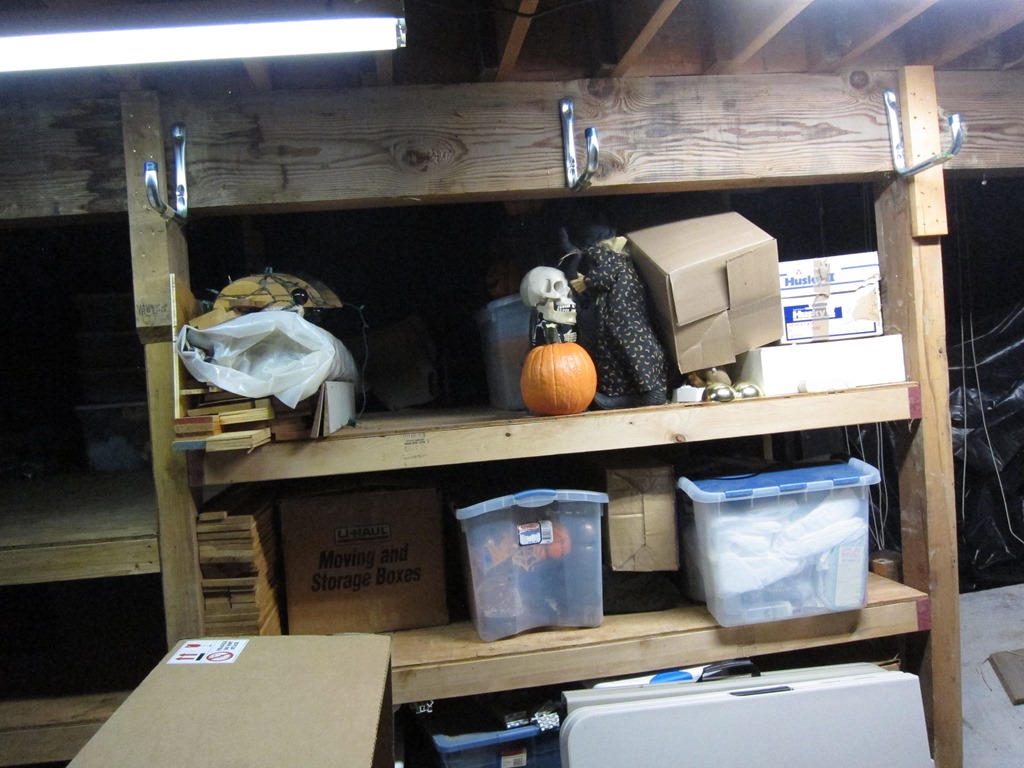

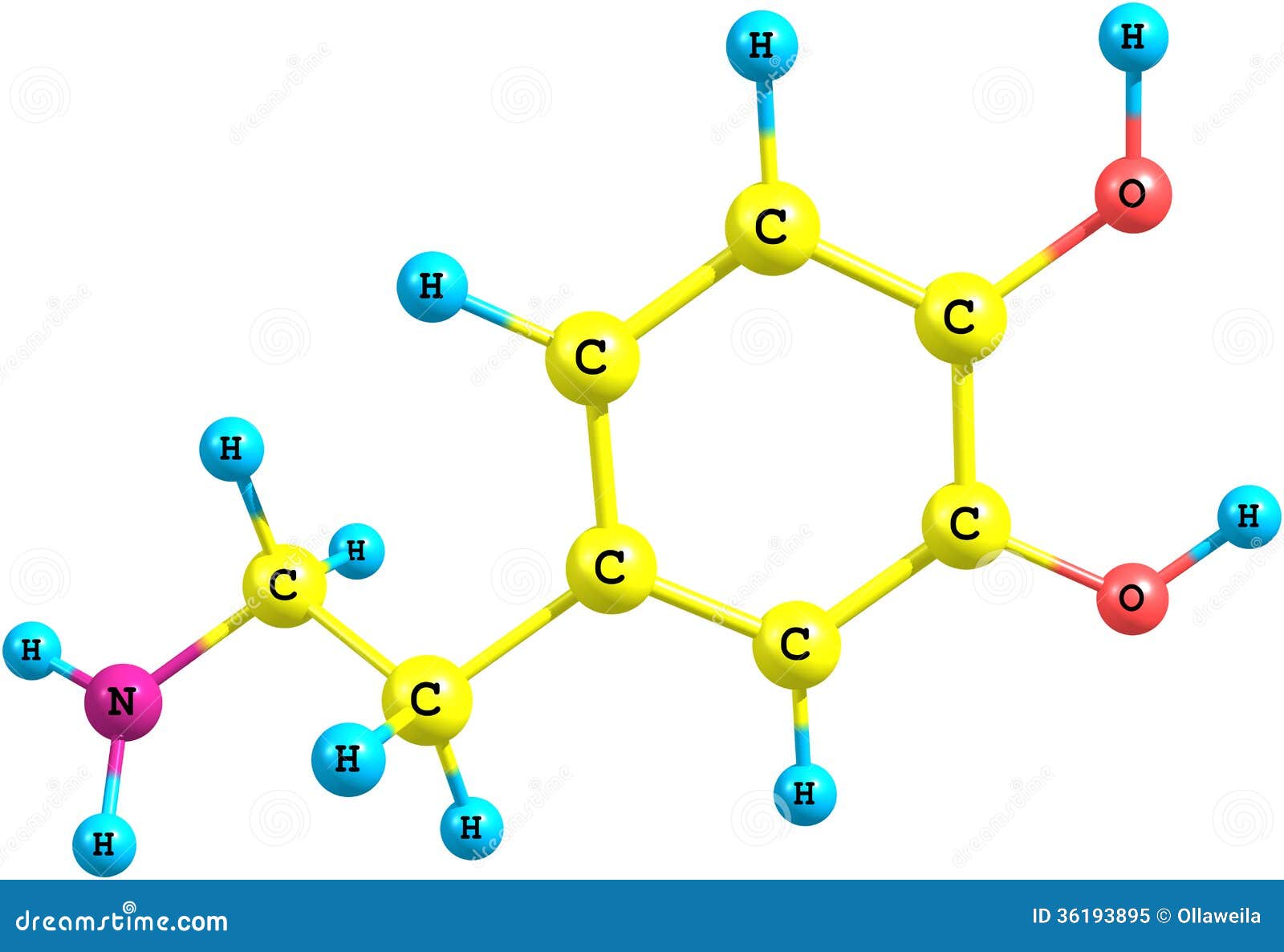

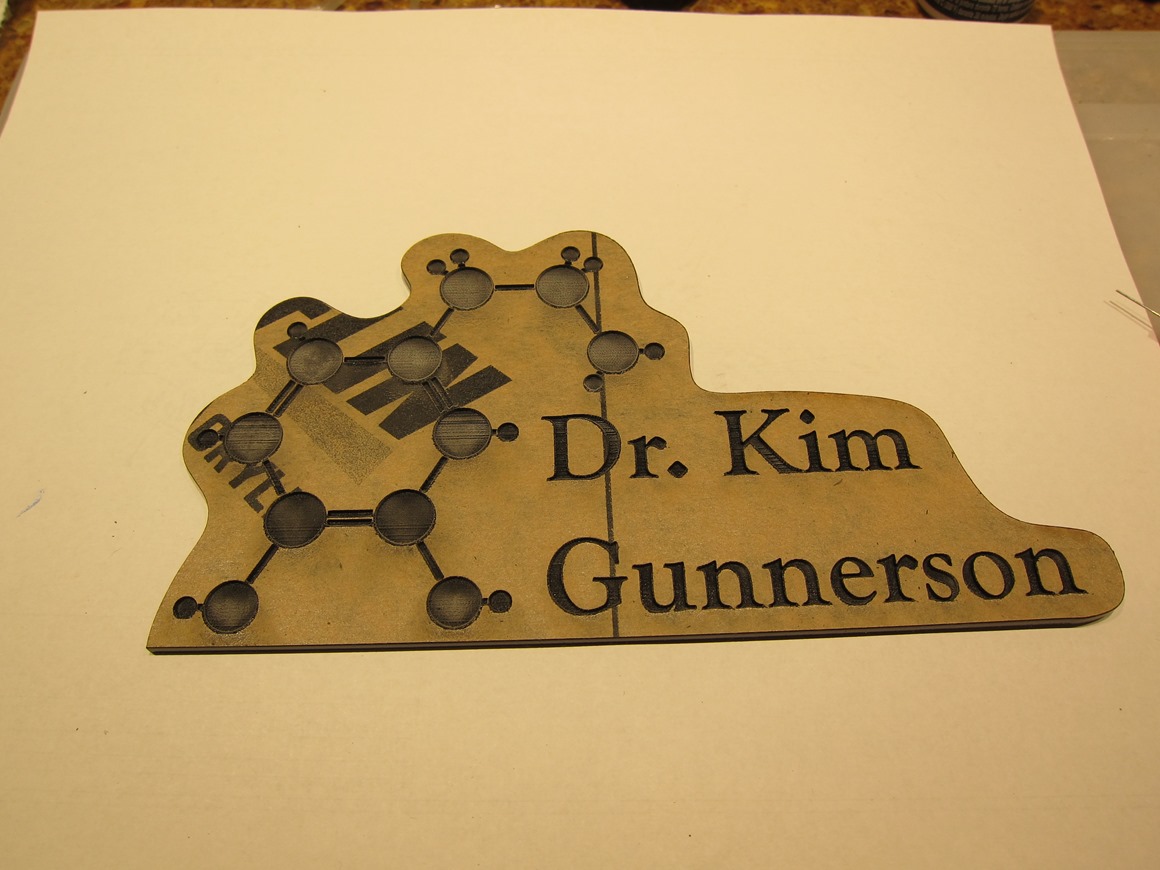



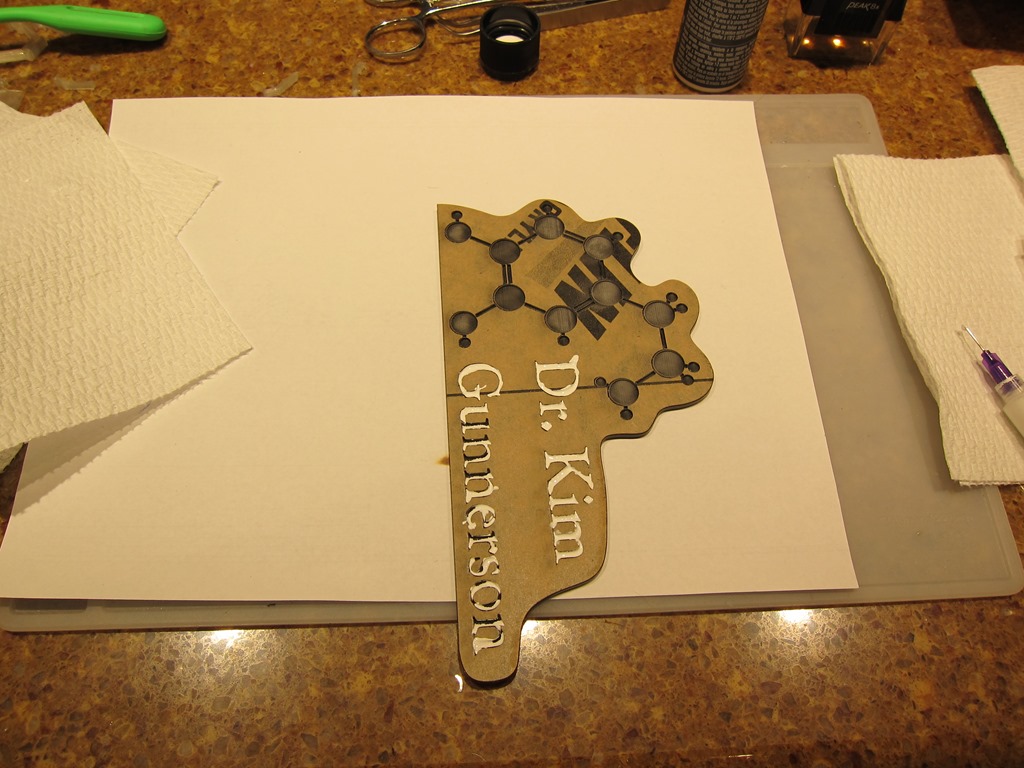
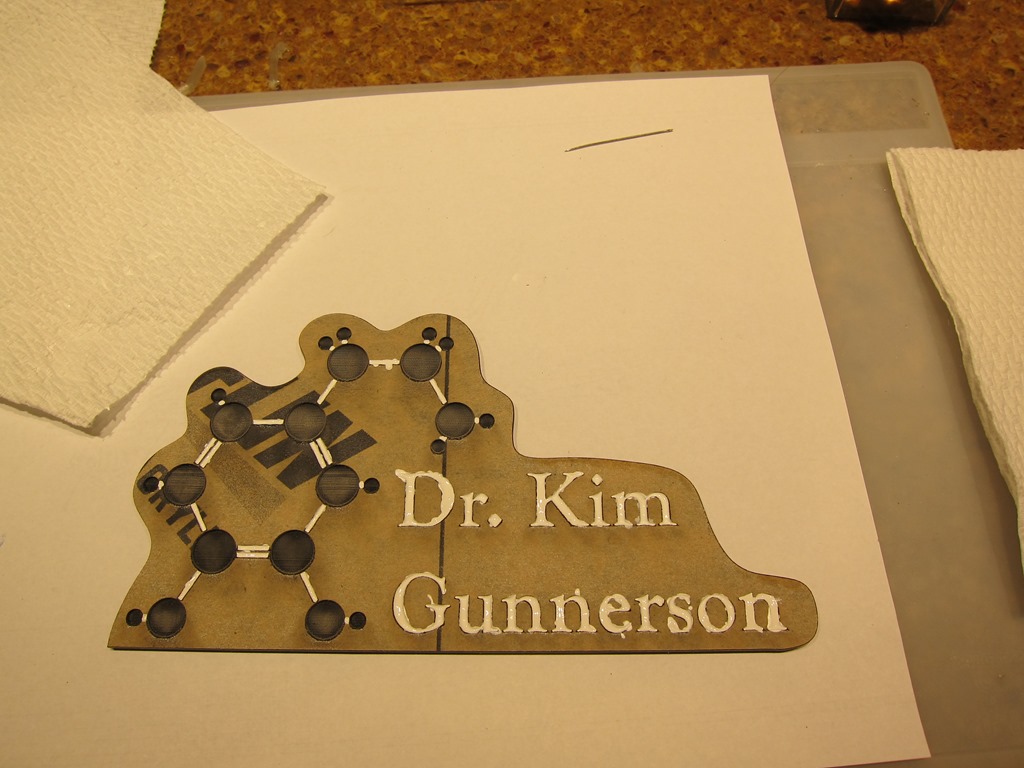
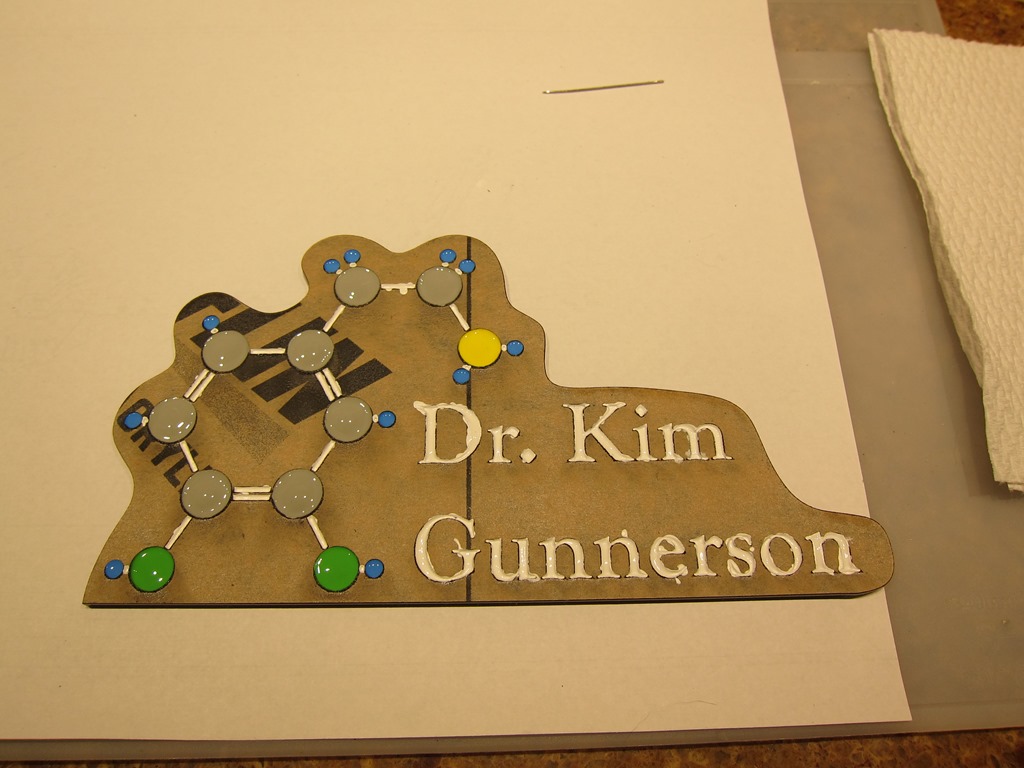
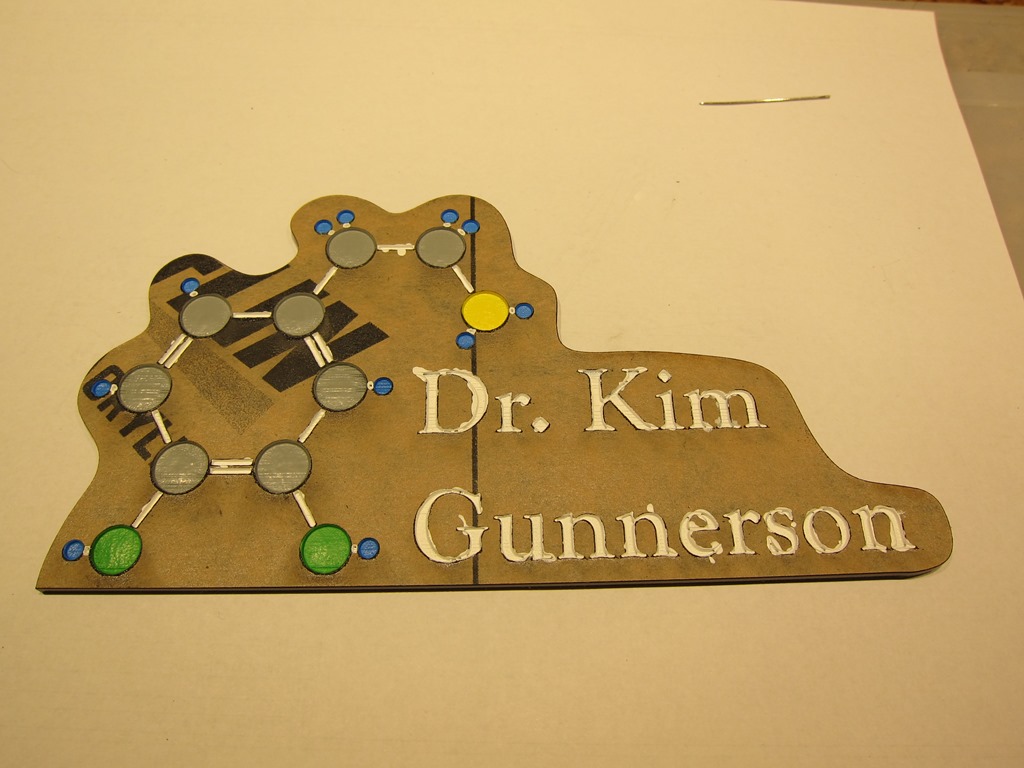
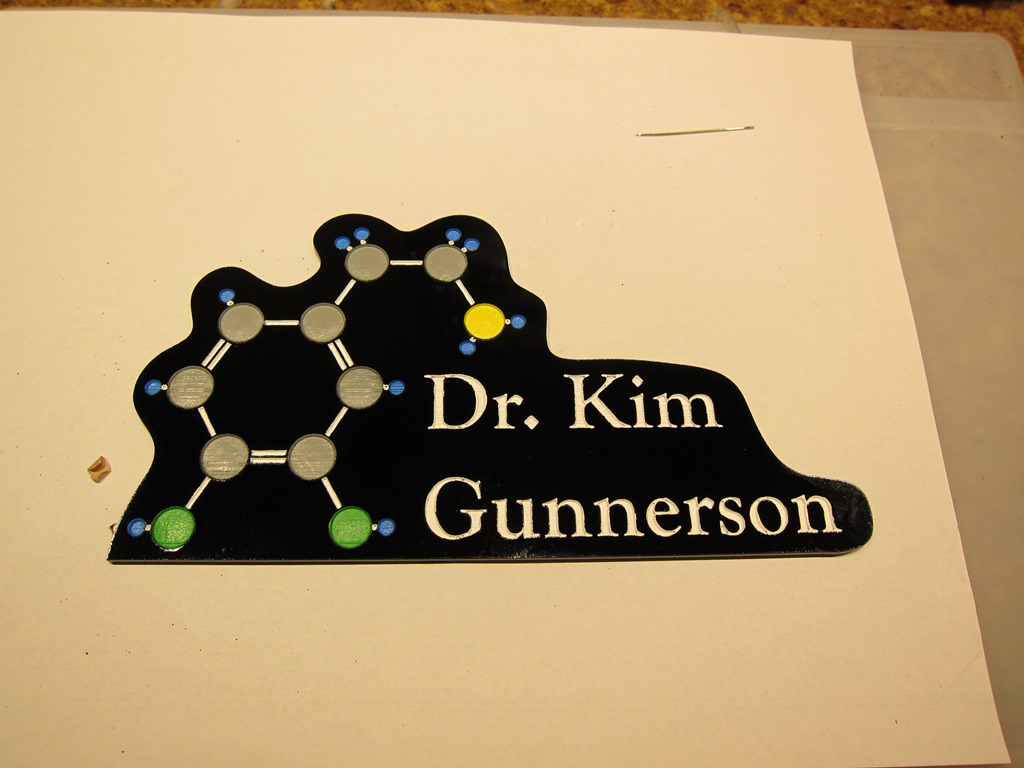

![IMG_8435[1] IMG_8435[1]](http://www.riderx.info/wp-content/uploads/2018/01/IMG_84351_thumb.jpg)














